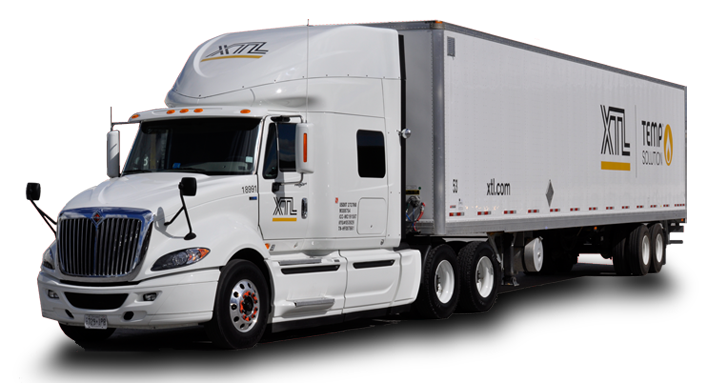Have you ever had a hot shipment and wondered how long it would take your freight to arrive and why it takes a specified amount of time for delivery? This article explains transit times for you.
In USA and Canada, there are regulations relating to hours of service that determines how long a driver can stay behind the wheel on a given day. Hours of Service, and the number of miles between origin and destination have the biggest influences on transit time.
Without getting into the intricacies of on duty time and work week cycles, etc. A driver can drive for 13 hours/day in Canada and 11 Hours/day in the US. So we have to make some assumptions to get a rule of thumb. Since a typical transborder driver spends most of his/her time in the US, we have to take that into account in our calculation. Plus, 11 hours/day won’t be all productive driving time, the driver will have to stop for bathroom breaks, lunch, etc. So let’s as a rule of thumb round this down to an average of 10 hours per day driving time.
Generally, the speed limit is about 55 miles in an hour, which would mean about 550 miles per day based on the driving time. However, there are slowdowns and not all miles are highway, so let’s round down to 500 miles per day (50 miles an hour as an average) as a good rule of thumb.
Now, all we need is the distance. You can use Google Maps or Mapquest, (trucking companies have special mileage software, but Google or Mapquest will work for our purposes). Just get the mileage between origin and destination. Let’s say from Miami Florida to Toronto. Mapquest says it’s 1485 miles. So 1485/500 is three days transit time. Keep in mind this is not taking into account weather delays, border delays, etc. This is best case scenario. So in your planning process take this into account.
Can I speed it up?
Yes you can, if your carrier has a team available. However, this does not change the laws of physics! Miami, Florida is still 1485 miles away, and the average speed is probably going to be around 50 miles an hour. The advantage of a team is that while one driver rests, the other driver can drive and they can switch out without having to stop for extended periods. So the math in this case is 1485/50 = approximately 30 hours of driving time. So you could theoretically deliver this shipment next day assuming no delays with a team of drivers.
Rules of Thumb:
For a Single driver:
Total Miles/500 = approximate days transit time
*special note: if you’re talking LTL, then add one day. This is for other pick ups and deliveries on the truck.
For a team:
Total Miles/50= approximate number of hours transit time
XTL Has Solutions for You
XTL has helped many clients for over 30 years with hot rush shipments and solutions to many other logistics problems. If you’ve got a tough logistics challenge, contact XTL today! We’re here to help.
